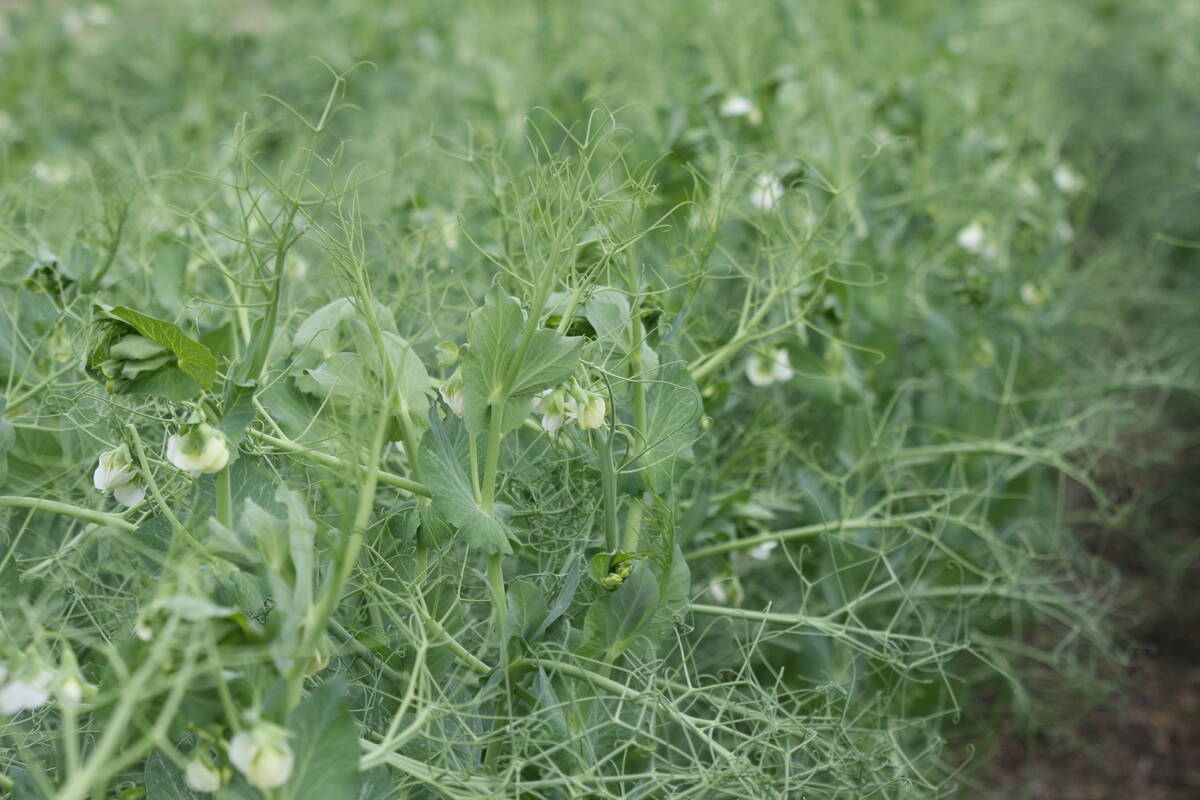Getting caught up in the foot-and-mouth disease panic in Europe has highlighted a weird spring for the flax industry.
No one’s sure how much flax farmers intend to plant or how much demand is out there, says Barry Hall of the Flax Council of Canada.
“The trade feels that in this year, more than almost any other year, uncertainty rules,” said Hall.
Farmers in late March told a Statistics Canada survey that they intended to plant about five percent fewer acres of flax this spring, reducing to 948,875 acres from 998,296.
Read Also

Russian pulse trouble reports denied
Russia’s pulse crop will be larger than last year, which won’t help prices rally from their doldrums.
According to Agriculture Canada, that would be the lowest level since 1993-94. It would reduce production by 12 percent and carry-out stocks are expected to decline by 50 percent, supporting a modest increase in price.
However, Hall thinks the acreage could change if wet conditions hold in the flax zone. Soaked soils in eastern Saskatchewan and in Manitoba have delayed seeding. If sowing of all crops becomes much delayed, farmers often increase their acres of flax because it tends to be hardy against fall frost.
But he doesn’t expect a drastic increase or decrease from last year’s acreage. Because of that, the Canadian situation probably won’t affect prices much.
“It’s not going to move the market one way or the other,” said Hall.
Things have been happening in Europe, where a promising market was disrupted for a few weeks.
“I don’t know who would have predicted this would have been an effect,” said Hall of the slowdown of European flax orders during the height of the foot-and-mouth disease scare.
Though most of the value of flax is in its industrial uses, the meal left after crushing the oilseed is sold to livestock producers as a protein source.
When foot-and-mouth disease swept through the United Kingdom and appeared in a number of European countries, flax orders dried up, Hall said. Producers stopped contracting for feed supplies because they weren’t sure if they were going to have livestock to feed.
Meal prices fell, which dramatically reduced the flax crushers’ margins.
“It really knocked the hell out of the crush margins for flax,” said Hall.
“There was no incentive for the crusher to book seed forward to crush.”
There were also disruptions in shipping agricultural products around Europe because of foot-and-mouth disease restrictions. That also slowed flax shipments to Europe.
That’s changed now, Hall said. Things are almost back to normal, but some sales opportunities lost earlier this year probably won’t be fully made up.
Another concern for Canadian flax producers is increasing acreage in the United States. North Dakota, the main producer, is expected to produce 20 percent more flax this year because of lucrative subsidies.
However, non-traditional uses of flax for pet food and poultry feed are increasing, which may soak up some of that increase, Hall said.
But generally, producers will be watching the vegetable oil market to get a sense of where prices are going.
While flax is consumed mainly for industrial purposes, “there is sympathy with the veg-oil market. It always moves somewhat in concert.”

















